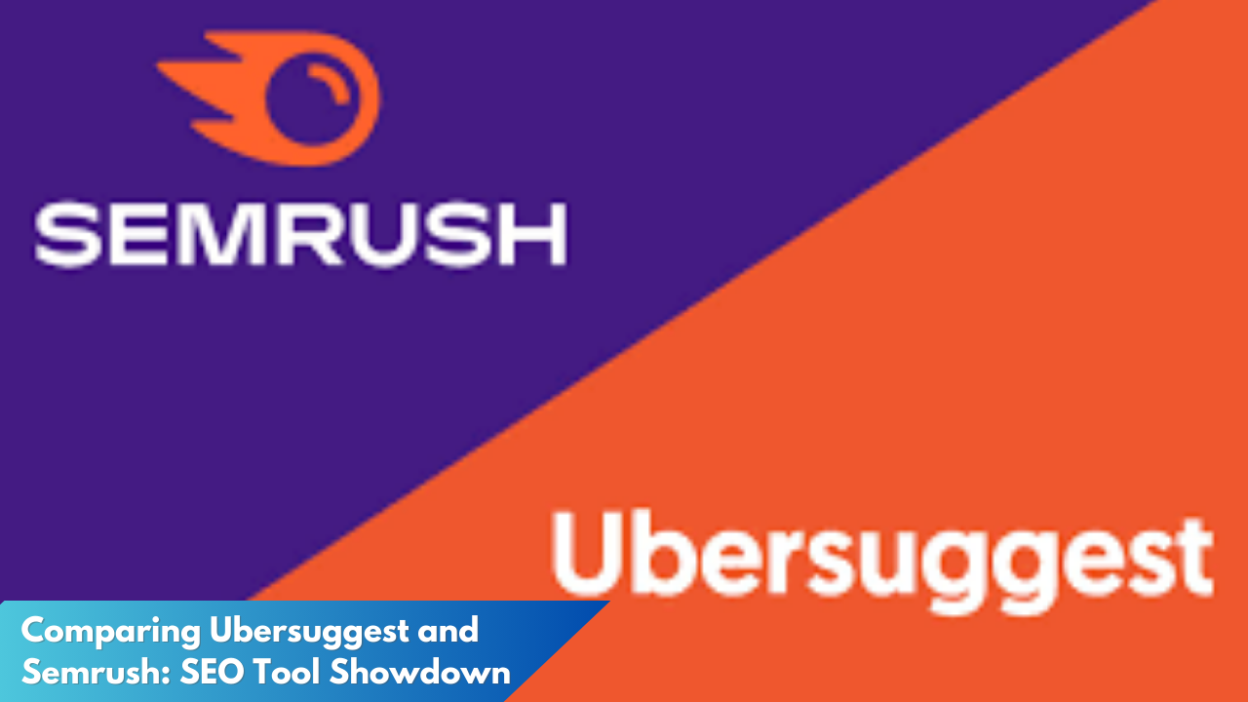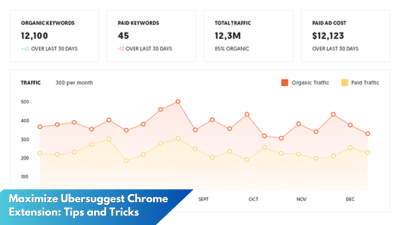In the dynamic world of digital marketing, Search Engine Optimization (SEO) tools have become indispensable for businesses and marketers seeking to enhance their online visibility. Two of the most popular tools in the SEO landscape are Ubersuggest and Semrush. Both platforms offer a range of features designed to optimize websites, improve search rankings, and drive traffic. This article provides a comprehensive comparison of Ubersuggest and Semrush, analyzing their strengths and weaknesses to help users make informed decisions.
Comparing Ubersuggest and Semrush for SEO Success 
Ubersuggest, developed by digital marketing expert Neil Patel, is known for its user-friendly interface and affordability. It provides essential SEO metrics such as keyword suggestions, search volume, and competition analysis, making it an ideal choice for small businesses and beginners. Ubersuggest’s simplified approach focuses on delivering fundamental insights without overwhelming users with excessive data. This allows users to quickly identify opportunities to improve their website’s SEO performance.
On the other hand, Semrush is a robust and comprehensive SEO tool used by seasoned marketers and large enterprises. It offers a wide array of features including keyword research, site audits, backlink analysis, and competitive research. Semrush’s strength lies in its depth of data and advanced analytics capabilities, which enable users to gain detailed insights into their SEO strategy. Despite its complexity, Semrush is praised for its ability to deliver in-depth analysis and strategic recommendations.
When comparing Ubersuggest and Semrush for SEO success, it is essential to consider the specific needs and goals of the user. Ubersuggest is suitable for those who prefer a straightforward approach and have budget constraints, while Semrush caters to users seeking comprehensive features and detailed data analysis. Ultimately, the choice between these tools depends on the user’s experience level, budget, and specific SEO requirements.
A Neutral Look at Top SEO Tools’ Features
Ubersuggest’s feature set includes keyword research, content ideas, and domain overview. Its keyword research tool provides insights such as keyword volume, competition, and cost-per-click data, which are crucial for developing an effective SEO strategy. Additionally, Ubersuggest’s content ideas feature suggests popular topics based on the user’s target keywords, helping to inspire content creation. Although it offers fewer features than Semrush, Ubersuggest’s simplicity is its greatest asset, making it accessible to a wide range of users.
Semrush, in contrast, offers a more extensive suite of features that cater to advanced SEO needs. Its keyword magic tool allows users to discover a vast array of related keywords, while the site audit feature identifies technical SEO issues that may hinder a website’s performance. Semrush also excels in competitor analysis, allowing users to track competitors’ strategies, backlink profiles, and advertising efforts. These features make Semrush a powerful tool for those looking to gain a competitive edge in the digital marketing space.
Both Ubersuggest and Semrush offer unique strengths, and their feature sets reflect their target audiences. Ubersuggest’s straightforward approach is perfect for beginners and small businesses, while Semrush’s advanced capabilities cater to professional marketers and larger organizations. The decision between the two tools should be based on the user’s technical expertise, the complexity of their SEO needs, and their budgetary constraints.
Choosing the right SEO tool is a critical decision for any business or marketer aiming to improve their online presence. Ubersuggest and Semrush each offer distinct advantages, making them suitable for different types of users. While Ubersuggest is praised for its ease of use and affordability, Semrush stands out for its comprehensive features and in-depth data analysis. Ultimately, the choice between these tools should be guided by the user’s specific needs, experience level, and budget. By carefully evaluating what each platform offers, users can select the SEO tool that best aligns with their objectives and drives their success in the competitive digital landscape.



